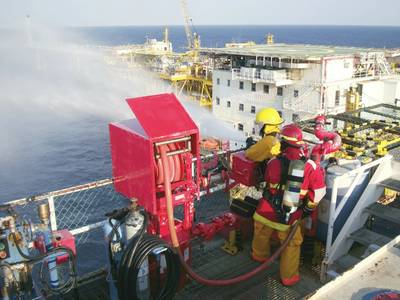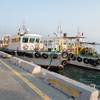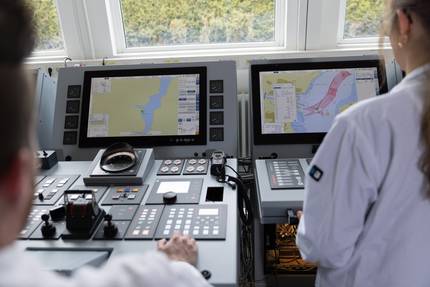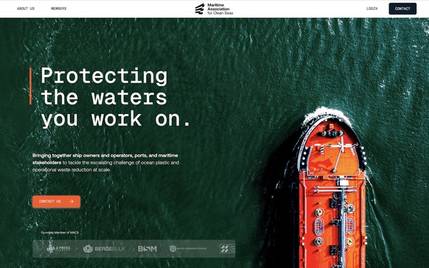Training Tips for Ships: Cold Starts and Rare Scenarios - Preparing for the Unlikely at Sea
Some emergencies are so rare that they’re easy to overlook during regular training cycles, until they happen. Engine room fires. Rudder failure during storm conditions. Total power loss at sea. These low-frequency, high-impact scenarios are not just the stuff of tabletop exercises; they’re the events that test a crew’s true readiness. Yet because they’re unlikely, they often don’t get the attention they deserve. This month, we explore how to strengthen your crew’s ability to respond to rare but dangerous situations, before they’re staring one down.
The Cold Start Problem
A “cold start” scenario refers to a situation where mariners are forced to respond to a type of emergency they’ve never personally encountered, and perhaps haven’t trained for in years, or ever. Think of a total electrical blackout in the engine room. Or steering gear failure during close-quarter maneuvering. Or a cyberattack that disables onboard systems. These aren’t day-to-day incidents, but when they happen, they demand quick thinking, calm under pressure, and deep systems knowledge. Training must account for the fact that even experienced crews may have no muscle memory for these rare events.
Make the Rare Routine
The solution isn’t to train for everything all the time. It’s to rotate in the unlikely. Just as you don’t run the same fire drill every week, your training calendar should occasionally include infrequent but high-consequence scenarios. Use simulations and case studies to bring these moments to life. Many maritime authorities publish anonymized incident reports that make excellent starting points for real-world scenarios. Assign crew members to respond as if the event were happening on your vessel, using your equipment, in your current environment.
Use Crew Experience as a Resource
Even if your vessel hasn’t encountered certain emergencies, someone on your crew, or within your broader fleet, likely has. Consider creating a “rare event debrief” program where returning crew share stories of uncommon incidents they’ve faced on other ships. Frame these as informal knowledge-sharing sessions or short safety talks. Hearing how others reacted, what went wrong (or right), and what lessons were learned turns passive stories into active training opportunities.
Cross-Train and Rotate Roles
In rare situations, it’s possible the person who usually handles a system or emergency response task won’t be available. One way to counter this is through cross-training. If your electrician is incapacitated, does someone else know the emergency bypass procedure? If the OOW is injured, can another crew member take the helm under pressure? Encourage periodic role-swapping during drills to help develop a more resilient and capable crew.
Simulate the Chaos
Real emergencies are chaotic. During rare scenario drills, build in elements that test communication breakdowns, unavailable equipment, or missing personnel. For example, run a man-overboard drill where the person overboard is also the one who normally handles the MOB recovery checklist. Or simulate a fire with the radios temporarily inoperable. These controlled complications develop your crew’s ability to improvise and adapt—exactly what’s needed during rare events.
Don’t Forget the Emotional Component
Rare emergencies often carry intense emotional weight, especially when there’s a threat to life, major equipment loss, or a situation unfamiliar to the crew. Incorporate post-scenario debriefs that don’t just review the checklist but invite crew to share how the situation made them feel. Were they confident? Confused? Panicked? These discussions not only build psychological resilience but may uncover gaps in readiness or clarity.
Actionable Takeaways
To integrate rare scenario readiness into your training strategy:
- Rotate in at least one rare or complex scenario per quarter
- Use real-world incident reports as case studies
- Cross-train crew members on critical systems
- Include unpredictable elements in drills
- Facilitate debriefs that explore both performance and emotional readiness
Final Thought
The difference between recovery and catastrophe in a rare emergency often comes down to whether or not the crew has ever imagined—let alone practiced for—the moment. By building “what if” moments into your training culture, you prepare your team not just for the probable, but for the truly consequential. And in maritime safety, that makes all the difference.
Until next time, sail safely!
 About the Author: Heather Combs is the CEO of Ripple Operations and AdonisHR.
About the Author: Heather Combs is the CEO of Ripple Operations and AdonisHR.













